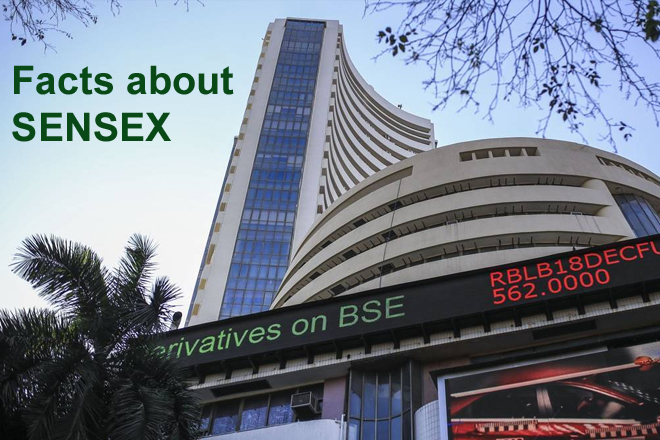Facts about sensex
Sensex at 53,000 or at 80,000 or much much higher?
Just see for the first time ever amazing data about Indian Equity Markets.
1- BSE completed 40 years
2- Observations on regular basis and positive and negative returns occurrences
|
Frequency |
Positive |
Negative |
|
Daily |
53%time |
47%time |
|
Weekly |
56%time |
44%time |
|
Monthly |
61%time |
39%time |
|
Quarterly |
64%time |
36%time |
|
yearly |
72% time |
28%time |
|
3years |
89%time |
11%time |
|
5years |
96%time |
4%time |
|
10years |
100%time |
|
3- BSE Sensex delivered 15.5% CAGR returns over last 40 years
4- Decadal returns dispersion
|
Period |
CAGR |
|
1980-1990 |
21.6% |
|
1990-2000 |
14.3% |
|
2000-2010 |
17.8% |
|
2010-2020 |
8.8% |
5- BSE Sensex returns 15.5%. Add 1.4% average dividend yield of 1.4% of last 40 years. At 16.9% compounding the value of BSE is actually around 80,000 level
6- But what is most surprising and rewarding has been the performance of actively managed equity mutualfunds
|
Category 20 years 25 years |
|
Hybrid 15.17% 15.96% |
|
Hybrid - ex* 16.37% 16.74% |
|
Diversified 18.11% 16.25% |
|
Diversified-ex* 19.89% 18.10% |
|
ELSS 18.45% 18.20% |
|
ELSS-ex* 19.66% 21.47% |
|
All Funds 17.52% 16.41%All |
|
Funds-ex* 18.73% 18% |
7- BSE Sensex was at 3800 in June 1996 (2Syearsback). In last 25 years average-ex *MF delivered 18% CAGR
If BSE Sensex delivered as much as average MF schemes then the value of BSE Sensex should have been-
> At 16.4% CAGR BSE Sensex should be around 1,70,000 levels.
> lAt18% CAGR, BSE Sensex should be around 2,38,000 levels
CAGR-Compounded Annual Growth Rate
Conclusion-
Stay Invested with limited exposure to Market Sentiments and unlimited exposure to Discipline.


